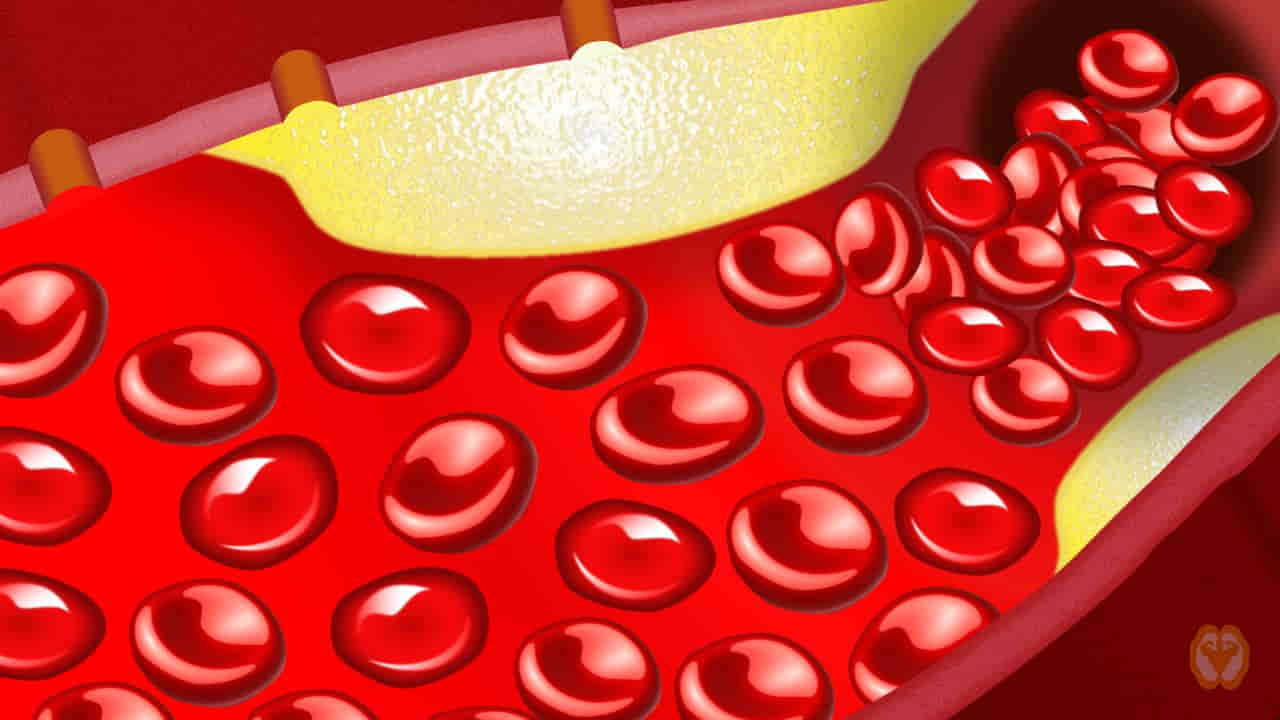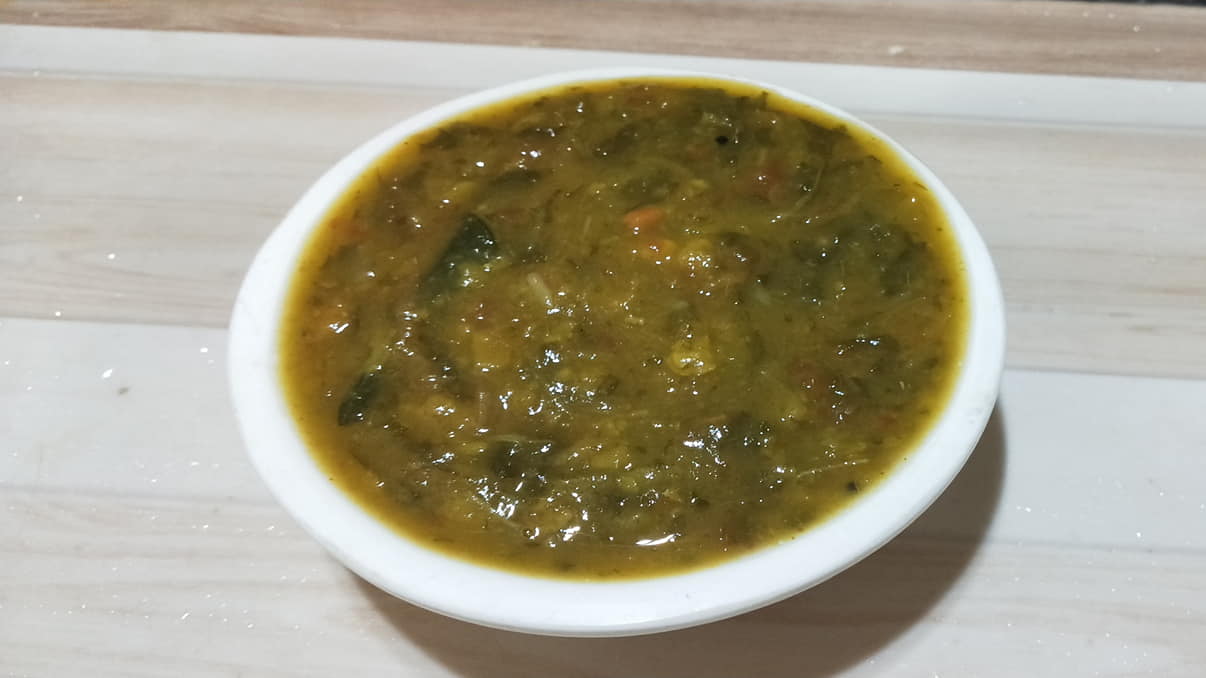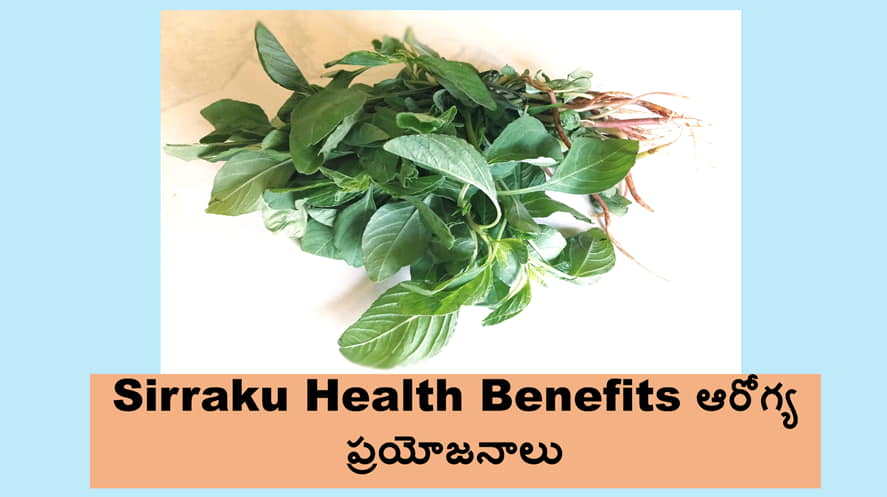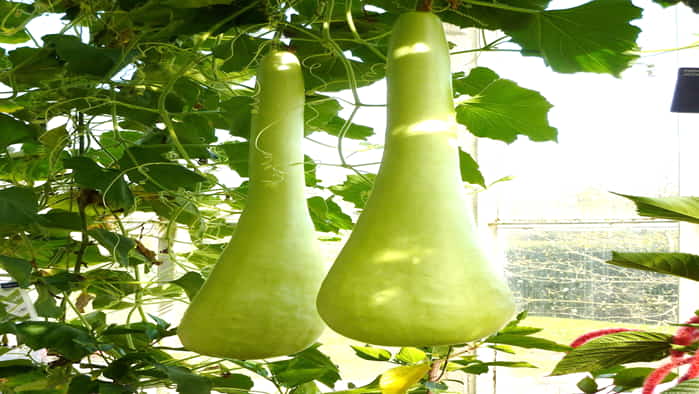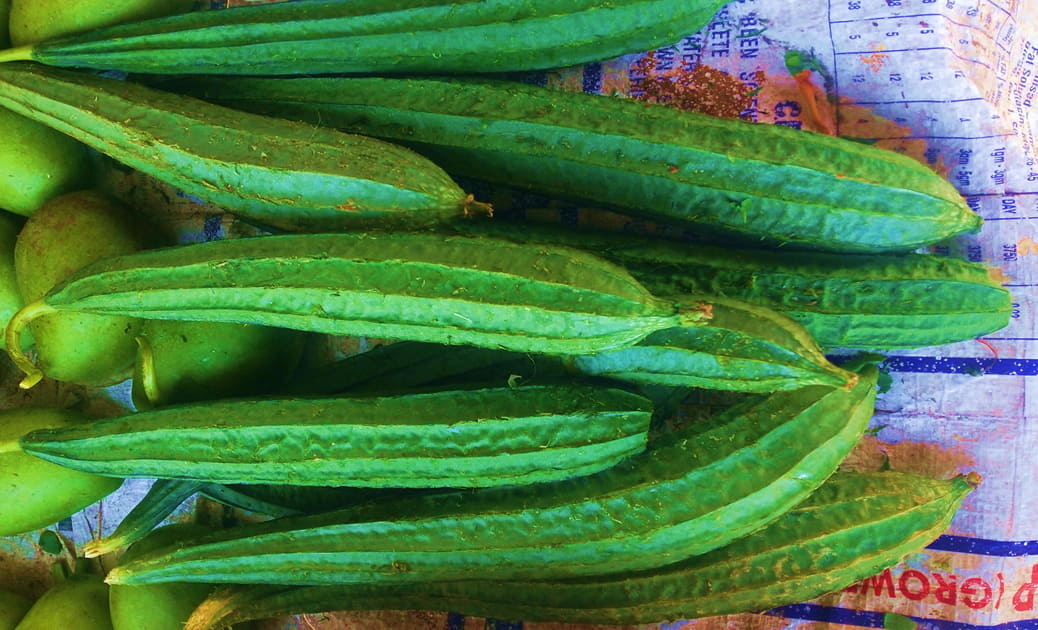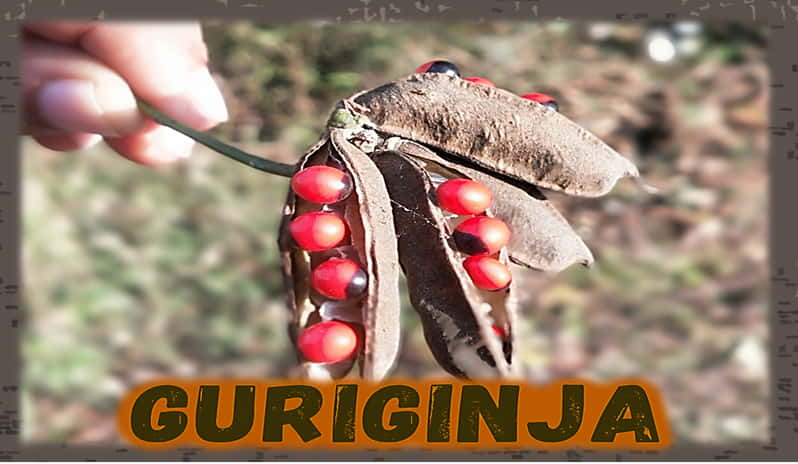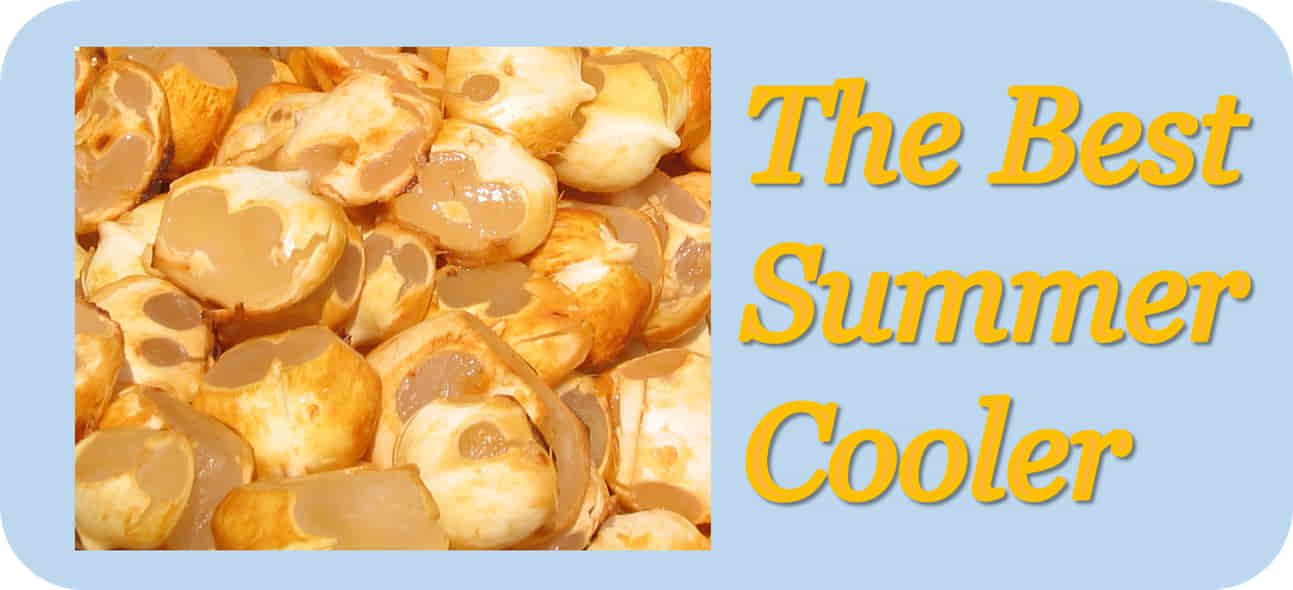In the fight against hunger and malnutrition, millets, also known as “nutri-cereals,” have the potential to be a game-changer. Along with fundamental nutrients like carbohydrates, protein, dietary fiber, lipids, and phytochemicals, millets are a great source of both essential macro-and micronutrients. The name of Kambu in English language along with information on its health benefits analyzed by scientific studies are summarized in this post.
Name of Kambu in English
There are around nine millets that are well-known to be the best food crops cultivated in India. Kambu is of one those, that has a significant preference in its utilization, especially in making several traditional food products.
In Tamil Nadu, kambu is a preferred millet that locals eat as porridge.
Kambu is called by different names in Indian languages
- Pearl millet in English,
- Bajra in Hindi,
- Sajjalu in Telugu,
- Bajri in Gujarati,
- Kambam in Malayalam,
- Kambu in Tamil,
- Sajje in Kannad
Cost/Price of Kambu per Kg
- Pearl Millet, is high in protein and for food processing, Rs. 50 to 180/Kg.
- The cost may vary based on the quality and city.
Buy Protein and Fiber Rich Pearl Millet
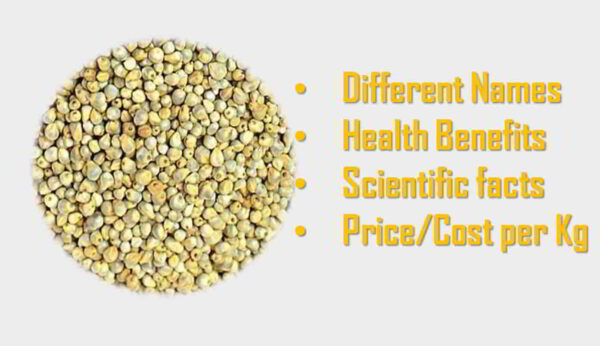
Benefits/Uses of Kambu in English
The methods used during processing have a huge impact on the amount of nutrients and how easily millets digest.
It is an energy-rich food that is packed with insoluble fiber that has a beneficial effect on the function of the digestive system.
After several studies on fiber-containing foods, scientists considered millets the best prebiotics and found that they also promote the growth of probiotics in the body.
Additionally, it contains a lot of proteins and nutrients like B complex vitamins, amino acids, lecithin, calcium, folic acid, potassium, zinc, manganese, and magnesium.
B-complex vitamins contain niacin, which lowers cholesterol; magnesium, which is crucial for heart health; phosphorus, which is important for cellular structure; and magnesium and potassium, which help to maintain healthy blood pressure.
The three best enhancers are found in pearl millet: vitamin A, citric acid, and ascorbic acid. Generally speaking, these enhancers increase the gut’s ability to absorb vital nutrients into the circulatory system.
A small amount of vitamin C is also present in pearl millet, which doubles or triples the rate of iron absorption.
Phytic acid and polyphenols are two important elements that significantly reduce the absorption of essential nutrients from food consumed.
Pearl millets also contain some amounts of phytic acid and polyphenols.
Pearl millets also contain some amounts of phytic acid and polyphenols. However, not all polyphenols have inhibitory properties; some of them have antioxidant properties that defend our body cells from free radicals.
Currently, the analysis of the best enhancers that maximize the absorption of trace elements from digested food materials has been the focus of numerous research teams.
Pearl millets contain a higher content of the amino acid tryptophan, which improves a person’s mood at a significant level.
Pearl millets contain a higher content of the amino acid tryptophan, which improves a person’s mood and reduces symptoms of anxiety and depression at significant levels.
Consuming Kambu millet lowers the risk of getting type 2 diabetes and controls blood sugar levels if the person already has the disease.
Buy Pearl Millet Flour on Amazon
Your adipose tissue secretes a hormone called adiponectin that reduces inflammation and improves insulin sensitivity.
According to a few studies, eating Kambu millets significantly increased plasma levels of adiponectin and high-density lipoprotein cholesterol (good HDL cholesterol).
Numerous chronic conditions, such as diabetes, arthritis, neurodegenerative diseases, etc., can be developed due to oxidative stress in the body. Millets are a good source of antioxidants. Therefore, consuming millets may support the body’s defenses against oxidative stress.
Fiber, which can be found in pearl millet, supports the digestive system’ health and aids in controlling bowel movements.
Some studies found that millets are a good source of antimicrobial compounds that inhibit the growth of and reduce the infection of both fungi and bacteria.
Pearl millets inhibit uncontrollable cell growth (Cancer cells).
Pearl millets promote growth and strengthen bone health.
Pearl millet is a healthy grain that is considered the best food grain because it is high in protein, fiber, vitamins, and essential elements.
Overall, controlling gut inflammation, protecting cardiovascular health, assisting individuals in achieving and maintaining a healthy weight, and delaying the onset of diabetes are just a few of the potential health advantages of eating pearl millet regularly.
Scientific Facts about Kambu in English

With a small geographic range, more than 32 million hectares of pearl millet have been grown, primarily in the countries of Asia and Africa.
The largest area in the world where pearl millet is grown is only India (8.8 million ha).
30 million tonnes of millet are anticipated to be produced globally every year.
Almost 8.8 million ha of land in Karnataka, Uttar Pradesh, Madhya Pradesh, Haryana, Maharashtra, Gujarat, and Rajasthan have been under cultivation of the Kambu crop.
In these Indian states, the consumption of Kambu grains is also significant since they consider it as their traditional food.
Due to its nutritional value, it has recently become much more popular throughout India.
Given that it contains more oil than maize, a common food grain in India that has been used to feed both humans and animals, kambu is also regarded as a “high-energy” cereal.
The protein levels in pearl millet are higher than those of sorghum, wheat, rice, and maize.
The protein in pearl millet is made up of prolamin, albumins, globulins, prolamin-like compounds, glutelin, and other protein-based compounds.
However, the glutin content of Kambu millet is lower than that of other millets.
Methionine and lysine are more abundant in Kambu millet than in maize. It is also richer in fat content than other millets.
The various millet processing methods, including fermentation, germinating, parboiling, blanching, milling, and dehulling, significantly change the nutritional content of millets.
The maturation or growing period for millet is remarkably short (65-70 days) compared to that of wheat and rice (80-120 days). It is the ideal crop because of this, it has been considered a quick crop that has been spread throughout Asian and European countries.
I hope you find the appropriate answer you are searching for in this article. If you would like to read other articles, some of them are given below.
